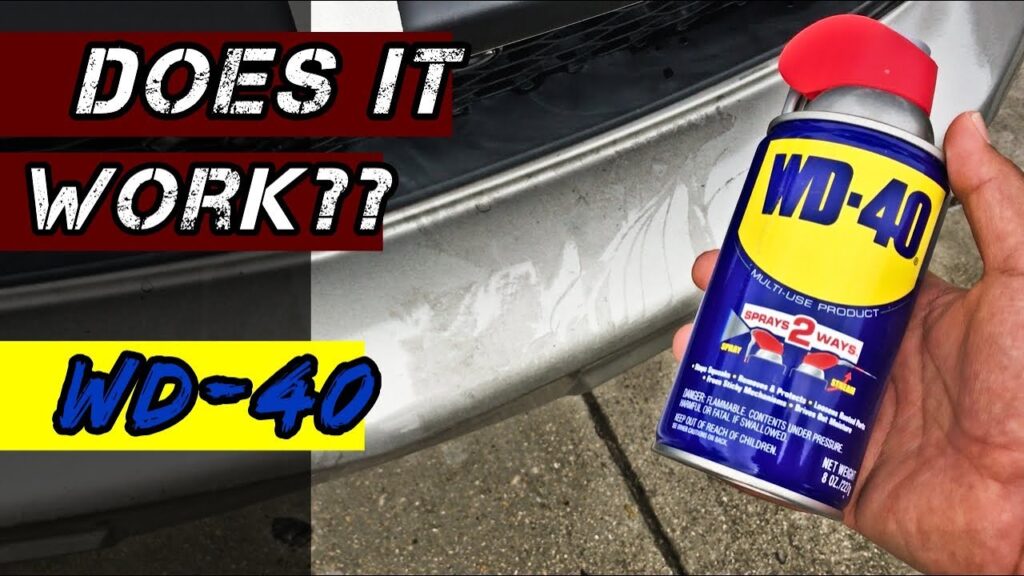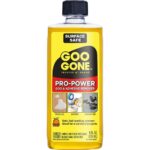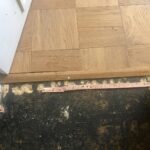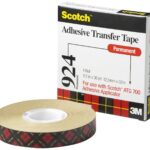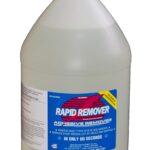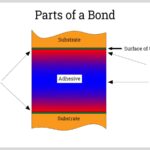If you need to loosen an adhesive, there are a few things you can do. One option is to heat the adhesive with a hair dryer or heat gun. This will make the adhesive more pliable and easier to remove. Another option is to use a solvent such as acetone, MEK, or xylene. These solvents will dissolve the adhesive, making it easy to remove.
What takes off adhesive glue

There are a few ways to loosen adhesive glue, depending on what type of glue it is. For example, if it is a water-based glue, you can try soaking the area in warm water for a few minutes. If the glue is oil-based, you can try using a mild solvent like rubbing alcohol. If the adhesive is still not budging, you can try using a stronger solvent like acetone. Remember to always test a small area first before trying any of these methods on the entire adhesive area.
How to dissolve Adhesive glue?
To dissolve adhesive glue, you will need a solvent. The most common solvents are acetone, alcohol, and petroleum. You can also use a mixture of these solvents. To dissolve the adhesive, soak a cotton ball in the solvent and apply it to the glued area. Allow the solvent to sit on the adhesive for a few minutes to loosen it. You may need to apply more solvent to completely dissolve the adhesive. Once the adhesive is dissolved, you can remove it with a putty knife or another tool.
How do you remove old adhesive?
When trying to remove old adhesive, there are a few methods that may work. One is to use a hairdryer to heat up the adhesive and make it easier to peel off. Another is to use a putty knife or another sharp object to scrape off the adhesive. If these methods do not work, there are also products made specifically to remove adhesive.
How to remove glue from most surfaces?
To remove glue from most surfaces, you’ll need to use a solvent. Solvents can be found at most hardware stores. Make sure to read the labels on the solvents and follow the instructions carefully. Apply the solvent to a cloth and rub it onto the surface to loosen the adhesive.
What takes off sticky adhesive?
There are a few ways to loosen sticky adhesive.
- One way is to use heat. You can use a hairdryer or heat gun to heat up the adhesive. This will make the adhesive less sticky and easier to remove.
- Another way to loosen adhesive is to use a solvent. Solvents can dissolve the adhesive and make it easier to remove. Some common solvents are acetone, alcohol, and mineral spirits.
- If you are using a solvent, be sure to use it in a well-ventilated area and use gloves to protect your hands.
How to remove glue adhesive

To remove glue adhesive, first loosen the adhesive with a putty knife or similar tool. Then, apply a small amount of acetone-free nail polish remover to a cotton ball and dab it onto the glue. Wait a few minutes for the nail polish remover to dissolve the glue, then wipe it away with a damp cloth. If necessary, repeat this process until all of the glue is removed.
Do you know how to remove strong adhesive?
Many adhesives are quite strong, and can be difficult to remove. However, there are a few methods that can be used to loosen and remove strong adhesives. One method is to use a solvent. Solvents can be effective at breaking down adhesives, making them easier to remove. However, some solvents can be harmful, so it is important to choose one that is safe for the surface you are working on.
Another method is to heat the adhesive. This can be done with a heat gun or other similar tool. The heat will cause the adhesive to loosen, making it easier to remove. If you are having trouble removing strong adhesive, you may need to try a combination of these methods. Experiment until you find one that works best for you.
What is the best super glue remover?
If you’re trying to loosen super glue, there are a few things you can do. One option is to use acetone. This substance will dissolve the super glue, making it easier to remove. You can also try heating the adhesive with a hair dryer or heat gun. This will make the glue softer and easier to remove. If you’re still having trouble, you can try using a sharp knife to carefully cut the glue away.
What is good adhesive remover?
There are a few methods that can be used to loosen adhesive, but finding a good adhesive remover is often the best way to go. There are a variety of products on the market that can be used to remove adhesive, and they vary in terms of their effectiveness and ease of use. Some of the more popular options include Goo Gone, WD-40, and acetone. When choosing an adhesive remover, it’s important to consider what type of adhesive you’re dealing with. For example, Goo Gone is great for removing stickers and tape, but it’s not as effective on tougher adhesives like super glue.
WD-40, on the other hand, can be used on a variety of adhesives, but it’s important to make sure you don’t use too much or you could end up damaging the surface you’re working on. Acetone is a strong solvent that can be used to remove even the most stubborn adhesives, but it can also damage some surfaces, so it’s important to use it with care. If you’re not sure which product to use, it’s always a good idea to test it on a small area first to see how it works. Once you’ve found a product that works well for you, follow the instructions on the package and take care to avoid damaging the surface you’re working on.
What can dissolve adhesive
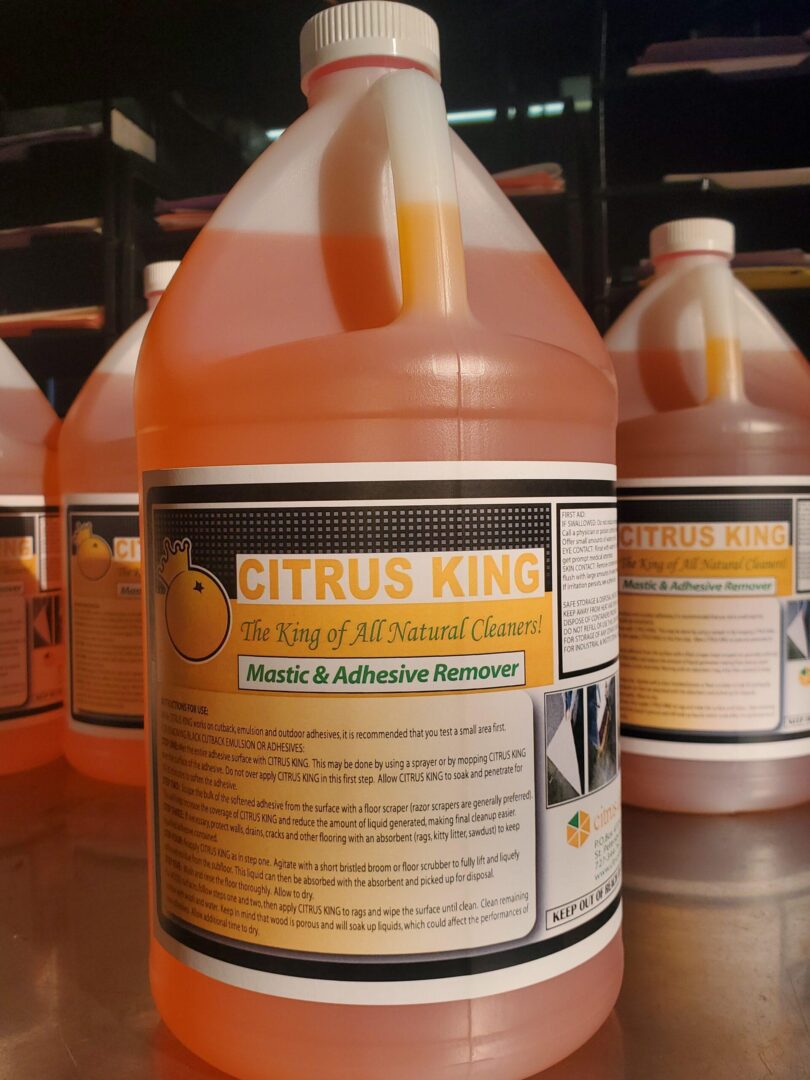
There are a few things that can dissolve adhesive. One is acetone, which is found in nail polish remover. Another is isopropyl alcohol, which is found in rubbing alcohol. These can be used to loosen the adhesive.
What solvent will dissolve adhesive?
There are a few solvents that can dissolve adhesive. Acetone is a common solvent that can be used to loosen adhesive. Nail polish remover also contains acetone and can be used to remove adhesive. If these solvents are not available, rubbing alcohol can also be used.
Does vinegar dissolve adhesive?
Just soak a cotton ball in vinegar and apply it to the adhesive. Let it sit for a few minutes and then wipe it away.
Does salt water dissolve adhesive?
When you want to remove an adhesive, salt water can help dissolve it. To use this method, mix salt into warm water and soak a cloth in the mixture. Then, apply the cloth to the adhesive and wait for it to loosen. You may need to repeat this process a few times before the adhesive comes off.
Does olive oil break down adhesive?
Olive oil can help to break down adhesive and make it easier to remove. Simply apply a small amount of olive oil to the area and let it sit for a few minutes. Then, use a cloth or paper towel to wipe away the oil and the adhesive.
What removes sticky adhesive?
There are a few ways to remove sticky adhesive, depending on the type of adhesive and the surface it is stuck to. For general purpose adhesive, something like Goo Gone or WD-40 may do the trick. For stronger adhesives, you may need to use a solvent like acetone or paint thinner. Be sure to test the solvent on an inconspicuous area first to make sure it does not damage the surface. To remove adhesive from skin, try using vegetable oil or baby oil.
If the adhesive is on fabric, you can try using vinegar or laundry detergent. For hard surfaces like glass or metal, you can use a razor blade or putty knife to scrape off the adhesive. Whatever method you use, be sure to work slowly and carefully to avoid damaging the surface.
Does Vaseline remove adhesive?
It can be used to loosen adhesive on surfaces such as walls, floors, and countertops. Vaseline is also effective at removing adhesive from clothing and fabrics.
Will WD-40 dissolve adhesive?
Just spray a little onto the adhesive and wait a few minutes for it to work. WD-40 will dissolve the adhesive and make it easy to remove.
How do you remove old hardened adhesive?
There are a few ways to remove old, hardened adhesive.
- One way is to heat the adhesive with a hair dryer or heat gun. This will soften the adhesive and make it easier to remove.
- Another way is to use a putty knife or razor blade to scrape off the adhesive.
- If the adhesive is still proving to be difficult to remove, you can try using a commercial adhesive remover.
What is the best adhesive?
There are a few ways to loosen adhesive, depending on what type of adhesive it is. For example, if it is a water-based adhesive, you can try soaking the area in warm water to loosen it. If it is an oil-based adhesive, you can try using a solvent like mineral spirits. If the adhesive is still not loosening, you can try heating it with a hair dryer or a heat gun.
How do you remove adhesive from floor?
There are a few ways to remove adhesive from a floor.
- One way is to use a putty knife to scrape it up.
- Another way is to use a heat gun to soften the adhesive so it can be scraped up. You can also use a chemical solvent to dissolve the adhesive.
How do you remove adhesive residue?
To remove adhesive residue, you will need to use a solvent. The best solvent to use is acetone, which can be found in nail polish remover. Apply a small amount of acetone to a cotton ball or cloth, and then gently rub the adhesive residue until it comes off. You may need to repeat this process a few times to remove all of the residue.
What adhesive should I use?
There are a few different adhesives that you can use to loosen adhesive. You can use vinegar, alcohol, or soap and water. Vinegar and alcohol will work to dissolve the adhesive. Soap and water will work to loosen the adhesive.
What will dissolve adhesive

There are a few things that will dissolve adhesive. This includes acetone, alcohol, and oil. You can use these solvents to loosen the adhesive. Acetone is a strong solvent that will quickly dissolve adhesive. Alcohol is a weaker solvent, but it can still be effective at dissolving adhesive.
Oil is the weakest solvent, but it can still be used to loosen adhesive. To use these solvents, simply apply them to the adhesive and let them sit for a few minutes. Then, you should be able to peel the adhesive off.
How do you dissolve strong adhesive?
Here are some ways to dissolve strong adhesives:
- Use a solvent: Acetone, nail polish remover, and rubbing alcohol are all common solvents that can be used to dissolve adhesives. Simply apply the solvent to a cloth and wipe it over the adhesive.
- Use heat: Heat can also be used to dissolve adhesives. Use a hair dryer or heat gun to heat up the adhesive, then scrape it off with a putty knife or other sharp object.
- Use a mechanical device: There are various mechanical devices that can be used to dissolve adhesives, such as adhesive removers and ultrasonic cleaners. Simply follow the instructions on the device.
- Use a chemical: There are various chemicals that can be used to dissolve adhesives, such as paint strippers and graffiti removers. Simply apply the chemical to a cloth and wipe it over the adhesive.
- Use a natural method: There are various natural methods that can be used to dissolve adhesives, such as using vinegar or lemon juice. Simply apply the natural method to a cloth and wipe it over the adhesive.
How to loosen adhesive tape
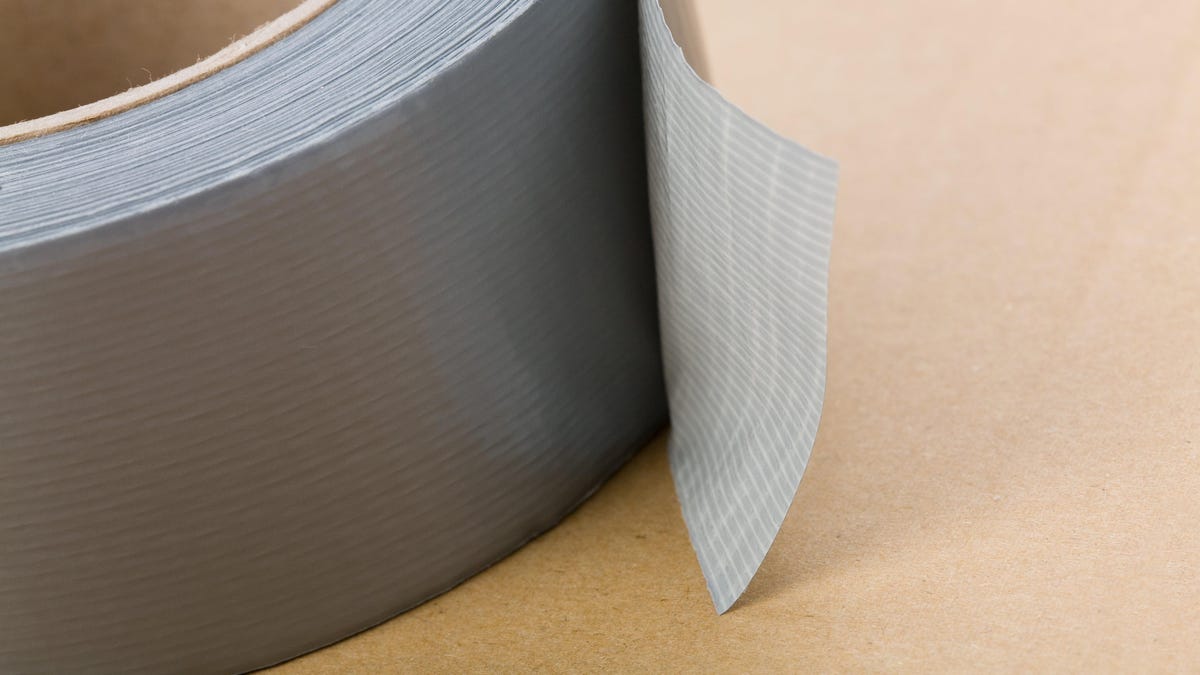
If you need to loosen adhesive tape, there are a few things you can do. One option is to use a hair dryer to heat up the adhesive. Another option is to use a putty knife to pry the adhesive loose. You can also try using a solvent like WD-40 to dissolve the adhesive. Whatever method you use, be careful not to damage the surface you’re working on.
How to get duct tape glue off
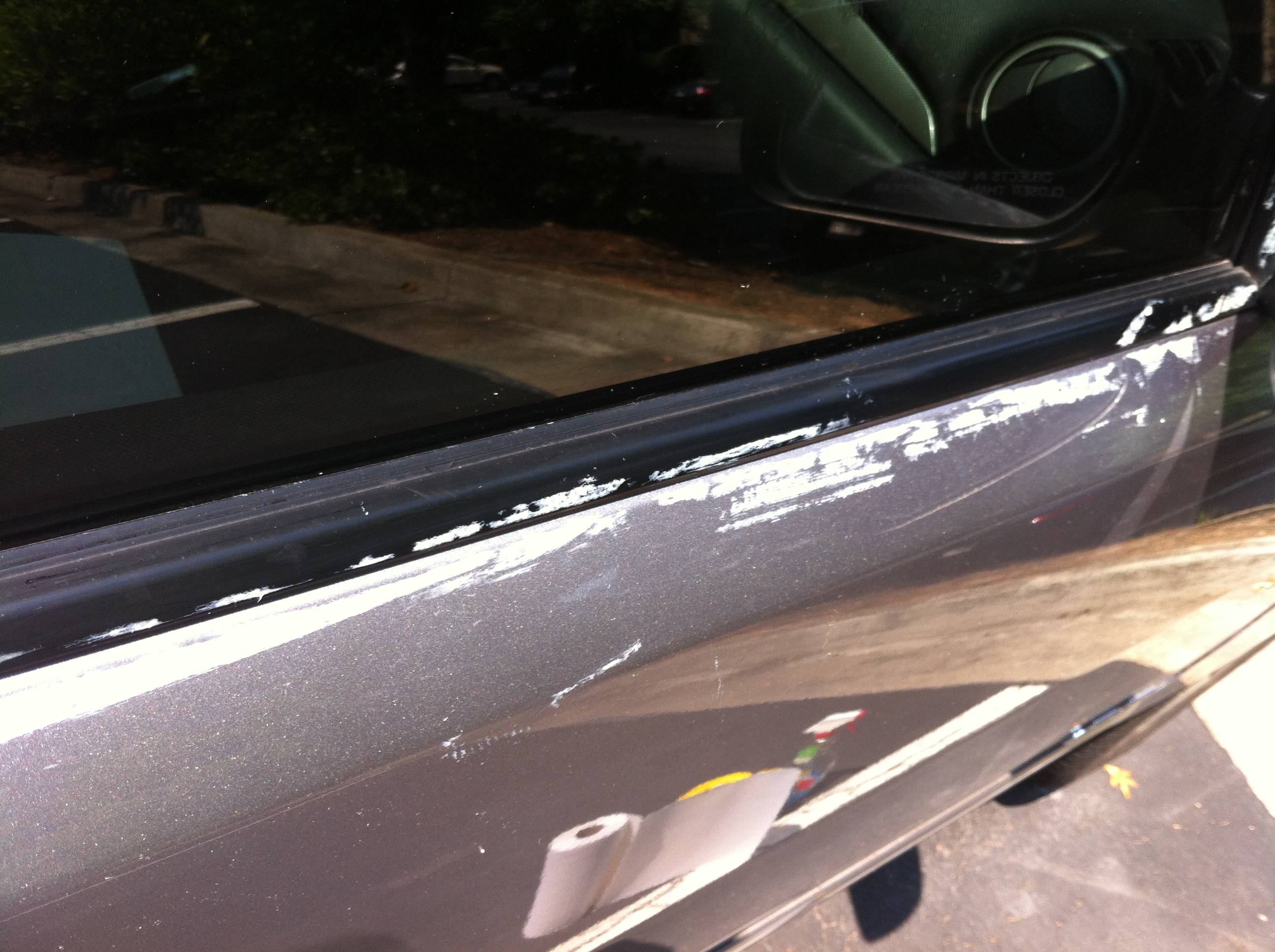
If you need to get duct tape glue off of something, there are a few things you can try. One is to use a hairdryer to heat up the adhesive and make it easier to peel off. Another is to use a putty knife or other sharp object to scrape off the adhesive. You can also try using WD-40 or another oil-based product to loosen the adhesive.
How do I take duct tape residue off?
If you have duct tape residue that you need to remove, there are a few things you can do. One way is to try using a hair dryer. Set the hair dryer to the hottest setting and hold it close to the residue. The heat from the hair dryer will help to loosen the adhesive. Another way is to use a putty knife or a credit card.
Gently scrape the residue off with the putty knife or credit card. You may need to use a little elbow grease, but you should be able to get the residue off. If these methods don’t work, you can try using WD-40 or Goo Gone. Spray the WD-40 or Goo Gone onto the residue and let it sit for a few minutes. Then, try scraping the residue off again.
What removes duct tape residue best?
There are a few ways to loosen adhesive and remove duct tape residue.
- One way is to use a hairdryer on a low setting.
- Another way is to use a putty knife to scrape it off.
- You can also try using WD-40 or vinegar.
How do you remove sticky duct tape residue from plastic?
If you need to remove sticky duct tape residue from plastic, there are a few things you can try.
- First, you can try soaking the plastic in warm soapy water.
- This will help to loosen the adhesive.
- If that doesn’t work, you can try using a little bit of olive oil or vinegar.
- Just apply a small amount to a cloth and rub it onto the residue.
- This should help to loosen and remove the sticky residue.
Does WD-40 remove duct tape residue?
WD-40 can remove duct tape residue from surfaces. To loosen the adhesive, first spray WD-40 onto the residue. Let it sit for a few minutes to loosen the adhesive. Then, use a rag or brush to remove the residue.
How do you make things out of duct tape?
If you need to loosen the adhesive on duct tape, there are a few different methods you can try.
- One way to loosen the adhesive on duct tape is to heat it up. You can do this by using a hair dryer, placing the duct tape in direct sunlight, or using a heat gun. Just be careful not to heat the duct tape too much, as this can cause it to melt.
- Another way to loosen the adhesive on duct tape is to use a solvent. This could be a commercial adhesive remover, alcohol, or even acetone. Just apply the solvent to a cloth and then rub it over the duct tape.
- If those methods don’t work, you can always try brute force. This means literally peeling the duct tape off of the surface. This can be difficult, and you may damage the surface underneath the duct tape. So, those are a few ways to loosen the adhesive on duct tape. Heating it up, using a solvent, or brute force are all options. Just be careful not to damage the surface underneath the duct tape.
What are some ways to remove duct tape residue?
There are a few ways that you can remove duct tape residue, depending on the surface that it is on. If it is on a hard surface, like a countertop, you can try using a putty knife or a razor blade to scrape it off. If it is on a softer surface, like clothing, you can try using a lint roller or rubbing alcohol. If the residue is still not coming off, you can try using a vinegar and water solution or a commercial adhesive remover.
How to remove duct tape residue from any surface?
If you’re trying to remove duct tape residue from any surface, there are a few things you can do to loosen the adhesive.
- First, you can try using a little bit of heat.
- A hair dryer set to low or a heat gun on a low setting can help to loosen the adhesive.
- Another option is to use a solvent like Goo Gone or acetone.
- These can help to dissolve the adhesive and make it easier to remove.
- If you’re having trouble getting the residue off, you can also try using a putty knife or a razor blade to scrape it off.
- Whatever method you use, be sure to work slowly and carefully to avoid damaging the surface.
How to insulate with duct tape?
If you need to loosen adhesive, duct tape can be a helpful tool. To use duct tape to loosen adhesive, first tear off a strip of tape. Then, apply the strip of tape to the area where the adhesive is. Next, rub the tape back and forth over the adhesive. Finally, peel the tape off of the adhesive.
How to remove glue from tape

If you need to remove glue from tape, there are a few things you can do.
- One way is to heat the adhesive with a hair dryer or heat gun. This will soften the glue and make it easier to remove.
- Another way is to use a solvent such as rubbing alcohol, acetone, or nail polish remover. Just apply a small amount to a cloth and rub it onto the adhesive. This should loosen the glue and make it easier to remove.
- If you’re having trouble getting the adhesive off, you can also try using a putty knife or razor blade to scrape it off. Just be careful not to damage the surface you’re working on.
How do you remove glue residue?
To remove glue residue, first loosen the adhesive by heating it with a hair dryer or by soaking it in warm water. Then, use a putty knife or your fingernails to gently scrape off the residue. If the residue is still stubborn, try using Goo Gone or another adhesive remover.
Can dried glue be removed?
Yes, dried glue can be removed from surfaces. To loosen the adhesive, first, dampen the area with water. Then, use a putty knife or your fingers to gently scrape the glue off. If the glue is still stubborn, you can try using a vinegar solution or Goo Gone.
How to get tape in glue out of your hair?
If you have ever had tape or glue in your hair, you know how difficult it can be to remove. Here are some tips on how to loosen adhesive and get it out of your hair:
- Start by gently rubbing the affected area with your fingers. This will help to loosen the adhesive.
- If the adhesive is still not coming loose, try using a comb to gently scrape it away.
- Another option is to use a mild solvent such as baby oil or petroleum jelly. Apply a small amount to the affected area and let it sit for a few minutes before wiping it away.
- If all else fails, you may need to cut the affected area out of your hair. This is a last resort, as it can be difficult to avoid damaging your hair in the process. With these tips, you should be able to get rid of any tape or glue that is stuck in your hair.
How to remove masking tape glue
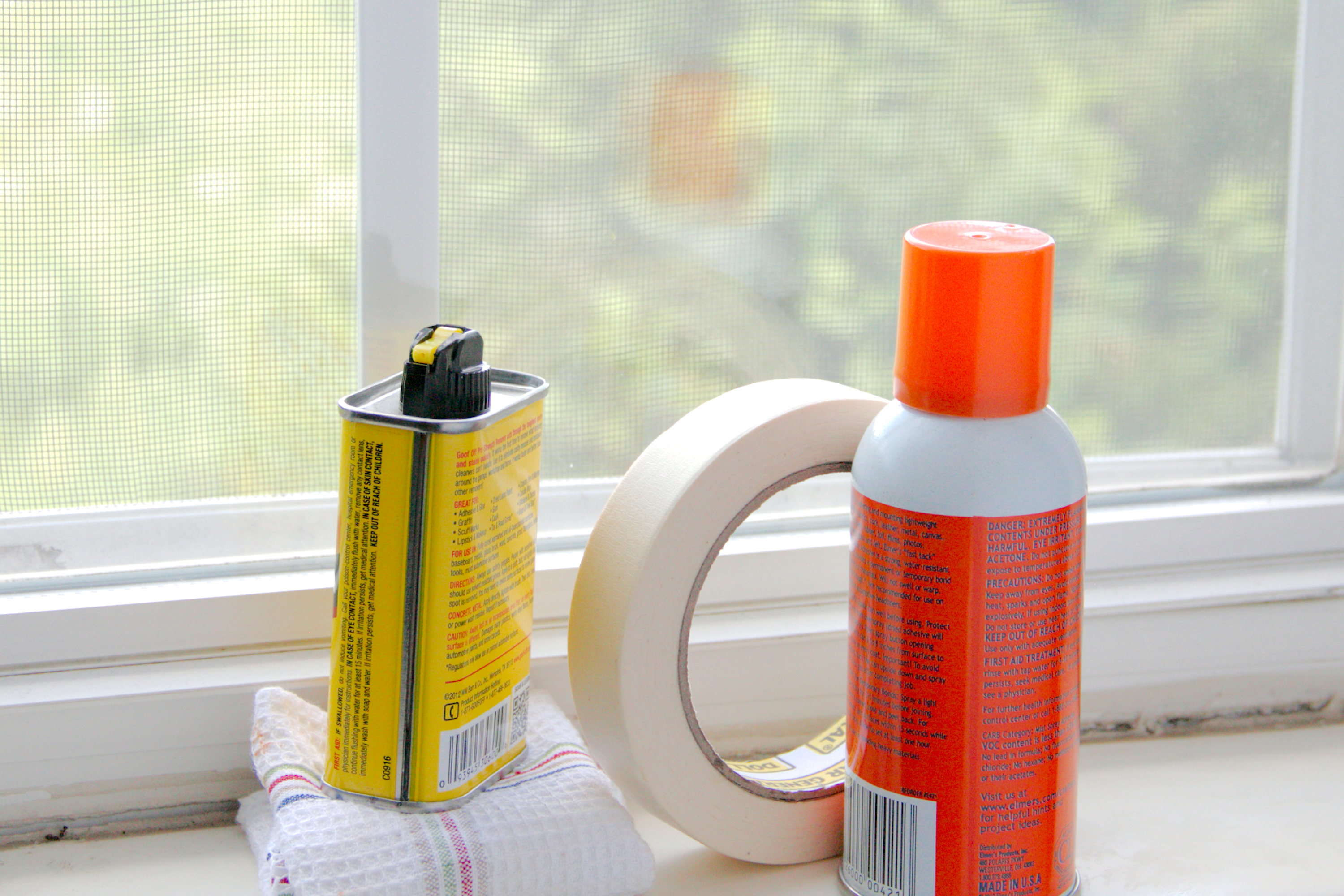
To remove masking tape glue, first loosen the adhesive by peeling the tape away from the surface. Then, use a damp cloth to rub the area where the glue is present. If the glue is still not coming off, you can try using a mild solvent such as rubbing alcohol.
How to remove dried out masking tape?
Over time, the adhesive on masking tape can become dried out and less effective. If you find yourself in this situation, there are a few things you can do to remove dried out masking tape.
- One way to remove dried out masking tape is to heat it up. This can be done with a hair dryer, by running it over the tape until the adhesive starts to soften. You can also try using a heat gun, but be careful not to overheat the tape, as this can damage it.
- Another way to remove dried out masking tape is to use a solvent. Acetone or nail polish remover can work well for this. Simply apply some of the solvent to a cotton ball or cloth, and then rub it over the tape. The solvent will help to break down the adhesive, making it easier to remove.
- If you are having trouble removing the masking tape, you may need to use a putty knife or razor blade to help loosen it. Gently insert the blade under the edge of the tape and then slowly peel it away. Be careful not to damage the surface beneath the tape. With a little effort, you should be able to remove even the most stubborn bits of dried out masking tape. Just be patient and take your time, and you’ll be able to get rid of it without any damage.
What can you do with masking tape?
You can use it to remove adhesive from surfaces, or to help loosen tight fitting items. Masking tape is also a great way to keep adhesive from sticking to surfaces. You can use it to protect surfaces from adhesive, or to keep adhesive from getting on your hands.
How do you remove masking tape residue from wood?
Removing masking tape residue from wood can be a bit tricky. If the adhesive is old and dry, you may be able to simply peel it off. If the adhesive is still fresh, you’ll need to loosen it first. To loosen the adhesive, you can try heating it with a hair dryer or soaking it in warm water. Once the adhesive is loosened, you should be able to peel it off easily. If you’re having trouble removing the residue, you can try using a mild solvent such as rubbing alcohol or nail polish remover. Just be sure to test it on a small area first to make sure it won’t damage the wood.
How to remove old masking tape from glass?
If you need to remove old masking tape from glass, there are a few things you can do to loosen the adhesive.
- One way is to heat the tape with a hair dryer or heat gun. This will cause the adhesive to soften and become less sticky. You can then peel the tape off of the surface.
- Another way to remove the tape is to use a solvent such as nail polish remover, rubbing alcohol, or acetone. Apply the solvent to a cotton ball or cloth and rub it over the tape. This will dissolve the adhesive and allow you to peel the tape away.
- If the above methods don’t work, you can try using a putty knife or razor blade to scrape the tape off of the surface. Start at one corner and slowly work your way across the tape. Be careful not to scratch the surface of the glass. With a little effort, you should be able to remove the old masking tape from the glass surface.
What takes off duct tape glue

Duct tape is also known for its strong adhesive properties. While duct tape is a very versatile and useful product, there are times when its adhesive properties can be a problem. If you need to remove duct tape from a surface, there are a few things you can do to loosen the adhesive.
- One way to loosen the adhesive is to apply heat. You can use a hair dryer, a heat gun, or even a lighter to heat the tape. This will cause the adhesive to soften and become less sticky. You may need to apply heat for a few minutes before the tape will come off.
- Another way to loosen the adhesive is to use a solvent. There are a few solvents that can be used, including nail polish remover, vinegar, and citrus-based cleaners. Apply the solvent to a cloth and then wipe it over the tape. The solvent will help to break down the adhesive, making it easier to remove the tape.
- If you’re having trouble removing the duct tape, you may need to try a few different methods. You can experiment with different solvents or heating times to find a method that works best for you.
Can you get duct tape residue off?
To remove duct tape residue, first try peeling it off gently with your fingers. If that doesn’t work, try soaking a cotton ball or paper towel in rubbing alcohol and dabbing at the residue. If that doesn’t work, you can try using a putty knife or razor blade to scrape it off. Be careful not to scratch the surface beneath the duct tape.
Does Dawn remove tape residue?
Dawn dish soap is known for its powerful grease-cutting ability, but did you know that it can also remove tape residue? Just add a few drops of Dawn to a damp cloth and rub the residue in a circular motion. The soap will loosen the adhesive and make it easy to wipe away.
How do you get duct tape off easily?
If you need to remove duct tape quickly and easily, here are a few tips.
- First, try using a blow dryer to heat up the adhesive.
- This will make it easier to peel off.
- You can also try using a putty knife or other sharp object to gently scrape off the tape.
- If these methods don’t work, you can always soak the area in warm soapy water for a few minutes before trying to remove the tape again.
What cleans sticky tape residue?
To clean sticky tape residue, follow these steps:
- Apply a small amount of petroleum jelly, vegetable oil, or WD-40 to a cotton swab.
- Gently rub the cotton swab over the sticky residue.
- Wipe the area clean with a damp cloth.
- Repeat steps 2-3 as needed.
- Wash the area with soap and water to remove any lingering oils.
Does WD-40 remove adhesive?
Just spray it on and let it sit for a few minutes. Then, you should be able to easily remove the adhesive.
Does WD-40 get rid of sticky residue?
WD-40 can help to loosen adhesive residues and make them easier to remove. To use, simply spray WD-40 onto the affected area and let it sit for a few minutes. Then, use a cloth or scrub brush to remove the residue.
Will vinegar take off tape residue?
To remove light adhesive residue, soak a paper towel or cotton ball in vinegar and lay it over the residue. Let it sit for a few minutes, then wipe it away with a damp cloth. For tougher residue, pour vinegar into a bowl and use an old toothbrush to scrub at the residue. You may need to let the vinegar sit on the residue for a few minutes before scrubbing. If the residue still won’t budge, try using a stronger household cleaner, such as Goo Gone. Test the cleaner on a small, inconspicuous area of the surface first to make sure it won’t damage or discolor the surface.
